MXB-JFFB Self-Lubricating Half Bearing
Cat:Self-Lubricating Bearing
MXB-JFFB self-lubricating half bearings refer to bearings that cover only half of the circumference of a shaft or axle, providing support and reducing...
See DetailsBearings play a vital role in reducing friction and enabling smooth, efficient motion in machines and mechanical systems. However, not all bearings require the same level of care. Maintenance-free bearings, as the name suggests, are designed to operate over long periods without the need for regular lubrication or servicing. But how do they work? And what makes them different from conventional bearing types?
What Are Maintenance-Free Bearings?
Maintenance-free bearings are a category of bearings that do not require periodic lubrication or maintenance during their service life. They are engineered with self-lubricating materials, specialized liners, or solid lubricant technologies that eliminate the need for external grease or oil.
These bearings are commonly used in applications where regular maintenance is impractical, such as in hard-to-access machinery, food processing equipment, automotive components, or cleanroom environments.

How Do They Work?
Maintenance-free bearings work by incorporating lubrication directly into the bearing materials or structure, which ensures consistent friction reduction over time without external intervention. There are several ways this is achieved, depending on the bearing type:
1. Self-Lubricating Materials
Many maintenance-free bearings are made from composite materials that contain solid lubricants—such as PTFE (Teflon), graphite, or molybdenum disulfide—embedded in a metal, polymer, or resin matrix. As the bearing operates, small amounts of the lubricant are released onto the contact surface, reducing friction and wear.
Common configurations include:
Metal-polymer composite bushings
Sintered bronze bearings impregnated with oil
Thermoplastic plain bearings with embedded lubricants
2. Solid Lubricant Bearings
Some maintenance-free bearings feature solid lubricants that are permanently bonded to the bearing surface. These can be ceramic-based or synthetic and function by forming a transfer film on the mating surface, allowing smooth sliding with minimal friction.
Solid lubricants work well in extreme environments—such as high temperatures, vacuum, or corrosive conditions—where traditional oil or grease would fail.
3. Grease Reservoir or Sealed-for-Life Designs
In certain rolling element bearings (such as ball or roller bearings), a sealed-for-life design is used. These bearings are pre-lubricated with high-quality grease at the factory and sealed with metal or rubber shields to keep contaminants out and lubrication in.
While not technically "self-lubricating," these bearings require no additional lubrication throughout their operational life, provided they are used within specified conditions.
Key Benefits of Maintenance-Free Bearings
No Lubrication Required: Reduces downtime and eliminates the need for lubrication systems.
Extended Service Life: High resistance to wear and corrosion increases bearing lifespan.
Lower Operating Costs: Fewer maintenance requirements result in reduced labor and replacement costs.
Clean Operation: No oil or grease leakage, ideal for cleanrooms or food-grade applications.
Reliable in Harsh Environments: Performs well in high/low temperatures, dusty areas, or corrosive settings.
Typical Applications
Due to their reliability and convenience, maintenance-free bearings are widely used across multiple industries:
Automotive: Suspension systems, seat mechanisms, steering components
Agriculture and Construction Equipment: Pivot points, joints, hydraulic systems
Food Processing: Conveyor systems, packaging machinery (often FDA-compliant materials)
Medical Devices: Moving parts in diagnostic or imaging equipment
Aerospace: Flight control surfaces, interior cabin components
Industrial Machinery: Textile machines, robots, cleanroom equipment
Limitations to Consider
While maintenance-free bearings offer significant advantages, they are not suitable for every application. Limitations may include:
Lower Load Capacity: Some self-lubricating materials are not ideal for very high loads.
Heat Sensitivity: Certain polymers or lubricants may degrade at elevated temperatures.
Non-adjustability: Once the lubricant embedded in the bearing is depleted (over many years), the bearing must be replaced.
It’s essential to match the bearing’s material and design with the application's load, speed, and environmental requirements.
Conclusion
Maintenance-free bearings operate by integrating lubrication into the bearing itself, using advanced materials and engineering to eliminate the need for ongoing service. Their ability to reduce friction, resist wear, and function reliably under demanding conditions makes them a valuable solution in a wide range of industries.
By choosing the right type of maintenance-free bearing for your application, you can significantly improve equipment reliability, reduce maintenance efforts, and lower long-term operating costs.
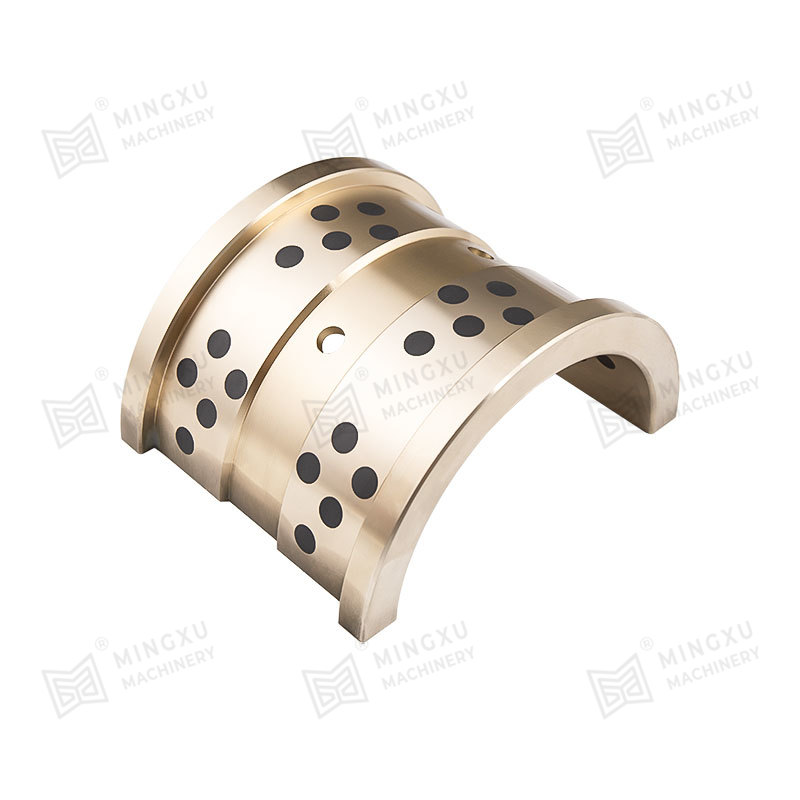
MXB-JFFB self-lubricating half bearings refer to bearings that cover only half of the circumference of a shaft or axle, providing support and reducing...
See Details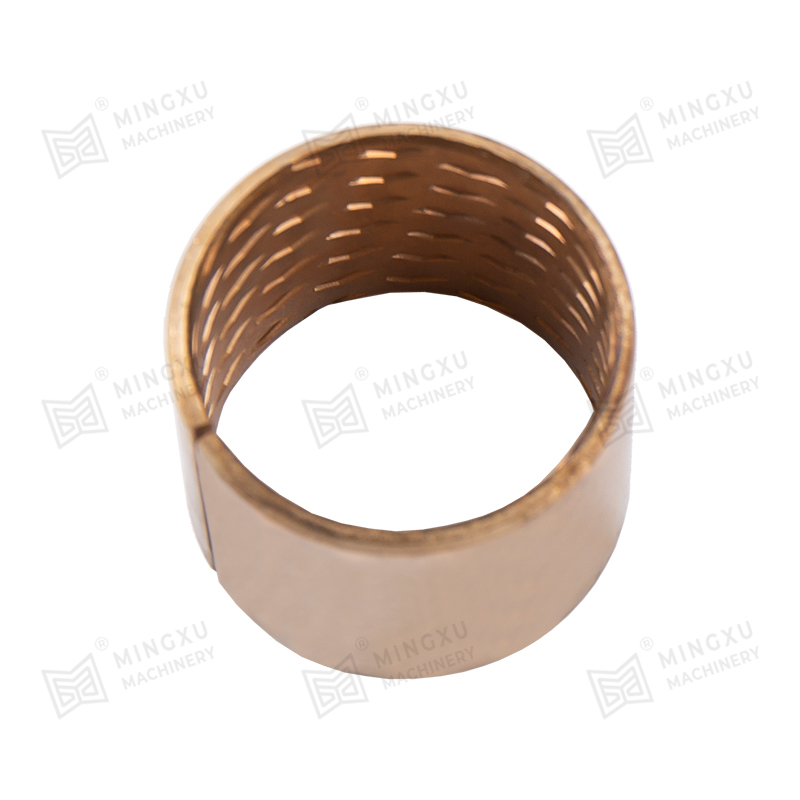
FB090 bronze bearings are made of tin bronze alloy CuSn8. The surface can be rolled with diamond or hemispherical oil holes and oil grooves according ...
See Details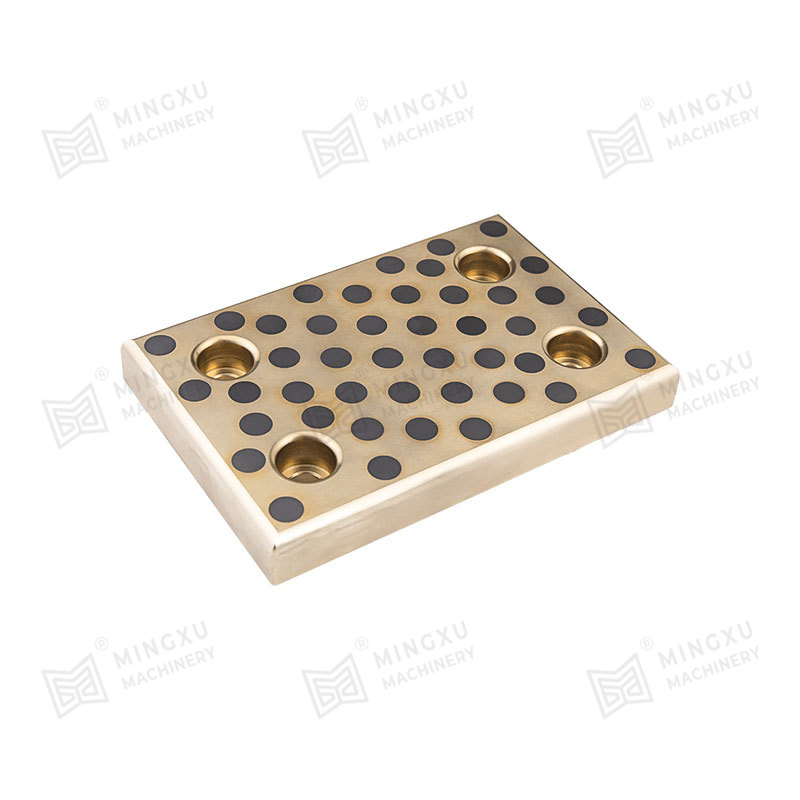
MXB-JESW slide plates are 2-hole and 4-hole wear-resistant heavy-duty slide plates. They are standardized products and compatible with many brands, su...
See Details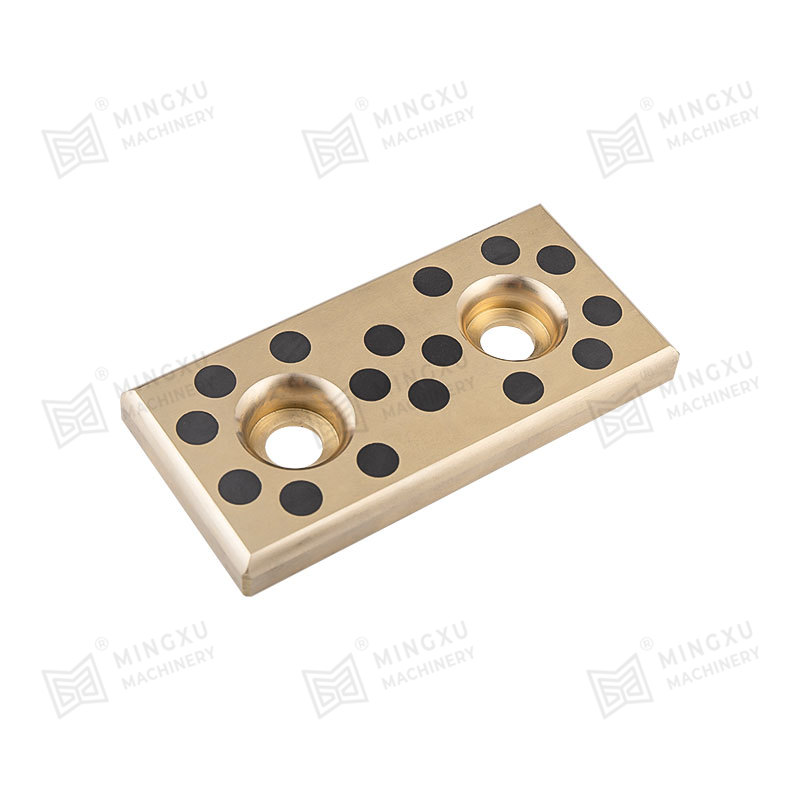
Mining machinery and equipment are very easy to wear during use. In order to extend the service life of the equipment, Mingxu Machinery recommends tha...
See Details
MXB-JOLP self-lubricating wear plates have good self-lubricating properties and require no external lubrication. This product has good load-bearing ca...
See Details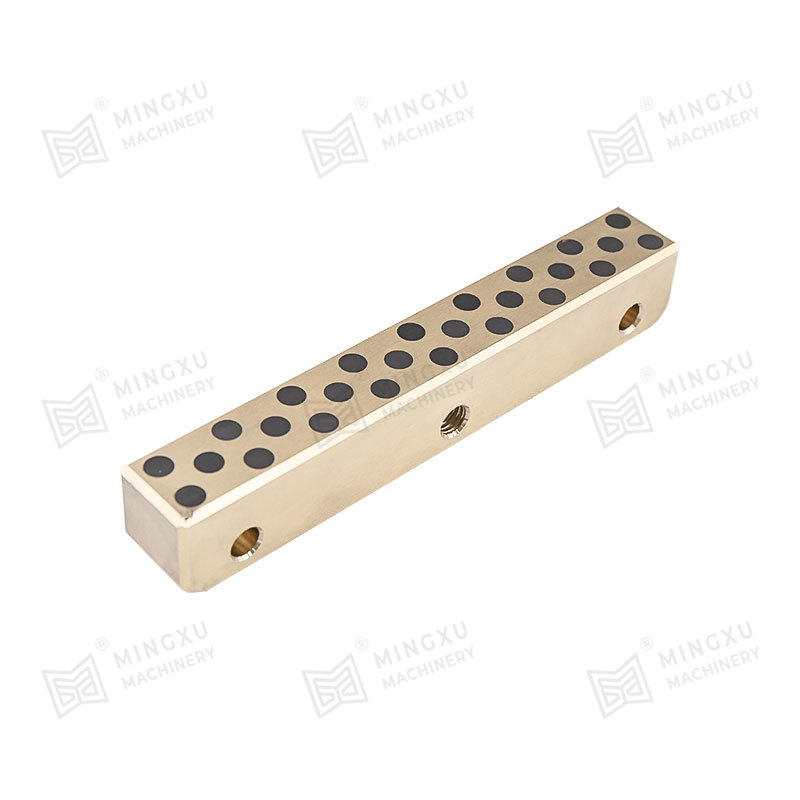
MXB-JGLDW self-lubricating guide rails are made of high-strength brass through CNC machine tools. The surface is inlaid with solid lubricants such as ...
See Details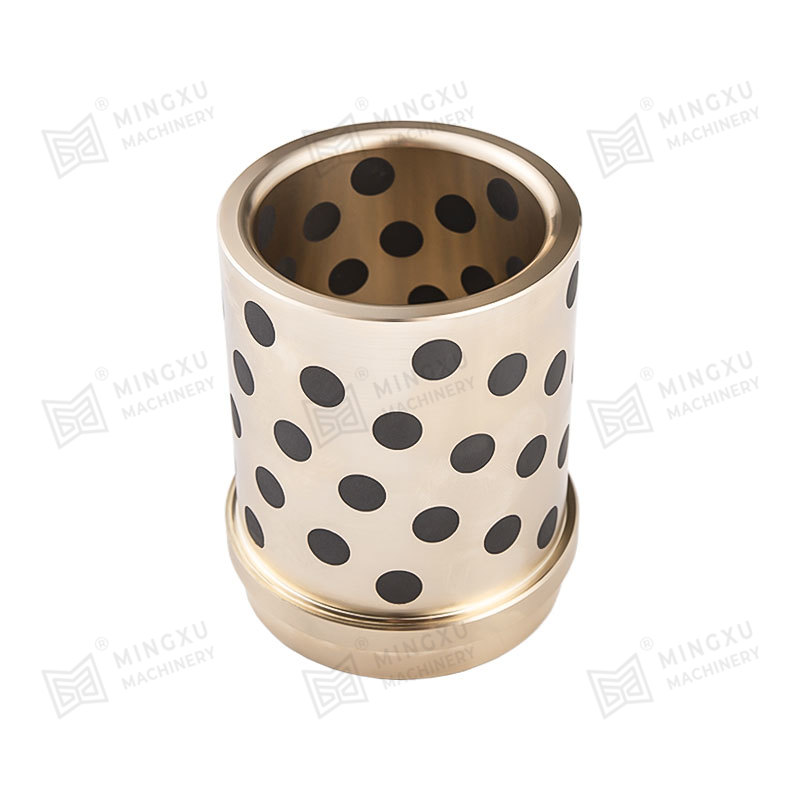
MGB9834 DIN9834 standard guide bushing complies with DIN9843 standard and is suitable for European automotive stamping dies. It is designed to provide...
See Details
SF-1B bronze basic bearing is made of tin bronze as the base, sintered bronze spherical powder in the middle, and rolled PTFE and high temperature res...
See Details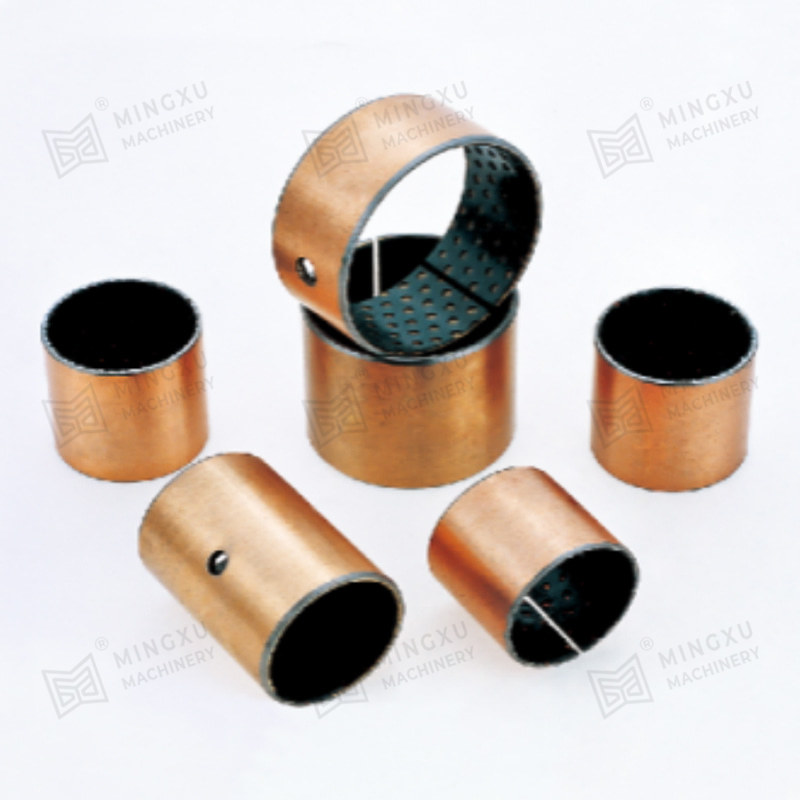
SF-PK PEEK triple composite bearing is a novel sliding bearing, which consists of steel plate, copper powder layer, PTFE + filling material. The main ...
See Details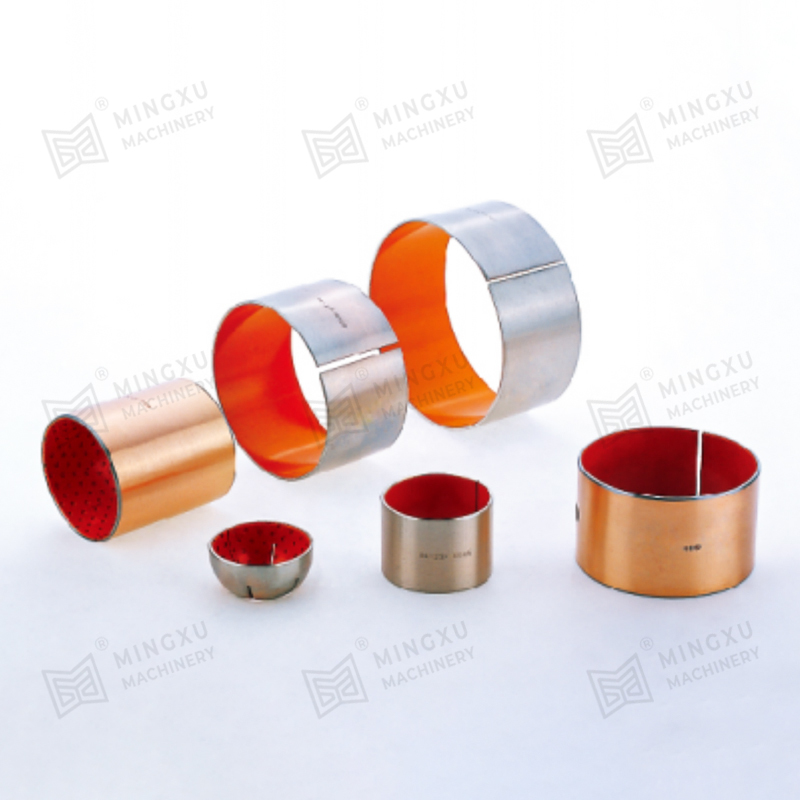
The SF-2S oil-free bearing, as an upgrade to the SF-2 series, stands out with its unique design concept and excellent performance. It features a solid...
See Details
Contact Us